Intro
The importance of managing Attention Deficit Hyperactivity Disorder (ADHD) cannot be overstated, as it affects not only the individual but also their family, social relationships, and overall quality of life. One of the medications that has been found to be effective in treating ADHD is atomoxetine, specifically the 40 mg dosage. Understanding how atomoxetine works, its benefits, potential side effects, and how it is used in the treatment of ADHD is crucial for both patients and healthcare providers.
The management of ADHD often involves a combination of medication, behavioral therapy, and lifestyle changes. Medications like atomoxetine play a significant role in helping to control symptoms of ADHD, such as inattention, hyperactivity, and impulsivity. Atomoxetine, known by its brand name Strattera among others, is unique because it is a non-stimulant medication, which sets it apart from many other ADHD treatments that are based on stimulants.
The use of atomoxetine, particularly the 40 mg dosage, has been studied extensively in clinical trials to assess its efficacy and safety. These studies have shown that atomoxetine can significantly improve symptoms of ADHD in both children and adults. It works by selectively inhibiting the reuptake of norepinephrine, a neurotransmitter in the brain that plays a key role in attention and impulse control. By increasing the levels of norepinephrine in the brain, atomoxetine helps to improve attention, reduce impulsivity, and decrease hyperactivity.
How Atomoxetine Works
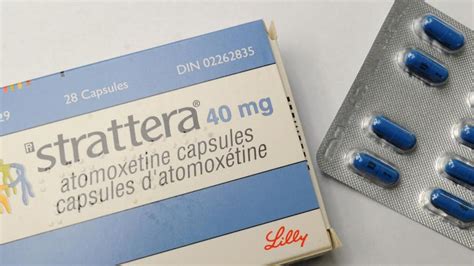
Atomoxetine's mechanism of action is distinct from that of stimulant medications, which primarily work by increasing the levels of dopamine and norepinephrine in the brain. This difference in mechanism can make atomoxetine a valuable option for patients who may not respond well to stimulant medications or who have certain health conditions that make stimulant use risky.
Benefits of Atomoxetine 40 Mg
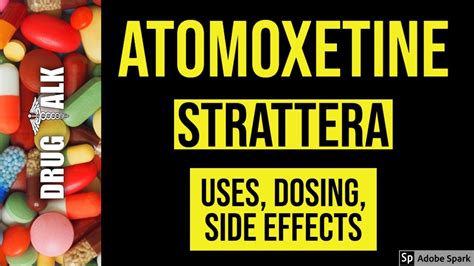
The benefits of atomoxetine 40 mg include its ability to improve attention and reduce impulsivity and hyperactivity in individuals with ADHD. It does not have the potential for abuse that stimulant medications do, which makes it a safer choice for some patients. Additionally, atomoxetine can be taken at any time of day, with or without food, which can make it easier to incorporate into a daily routine.
Key Benefits for Patients
- Improved focus and attention
- Reduced impulsivity
- Decreased hyperactivity
- Non-stimulant, reducing the risk of abuse
- Flexible dosing schedule
Potential Side Effects
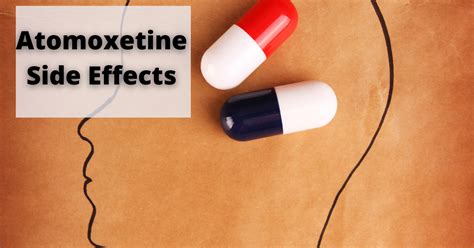
Like all medications, atomoxetine can cause side effects. Common side effects include nausea, vomiting, fatigue, and dizziness. In some cases, more serious side effects can occur, such as changes in mood or behavior, increased heart rate and blood pressure, and liver damage. It is essential for patients to work closely with their healthcare provider to monitor for any side effects and adjust the dosage or switch medications if necessary.
Monitoring for Side Effects
- Regular check-ups with a healthcare provider
- Reporting any changes in mood or behavior
- Monitoring for signs of liver damage
- Adjusting dosage or switching medications as needed
Usage and Dosage
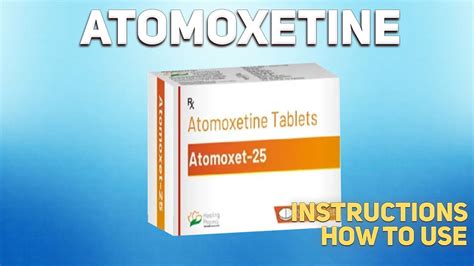
The dosage of atomoxetine can vary depending on the patient's age, weight, and response to the medication. The 40 mg dosage is commonly prescribed, but some patients may start with a lower dose that is gradually increased. It is crucial to follow the prescribing instructions carefully and not to adjust the dosage without consulting a healthcare provider.
Dosage Instructions
- Start with a low dose and gradually increase as needed
- Take the medication at the same time every day
- Do not stop taking the medication without consulting a healthcare provider
- Inform all healthcare providers about atomoxetine use, including dentists and pharmacists
Conclusion and Next Steps
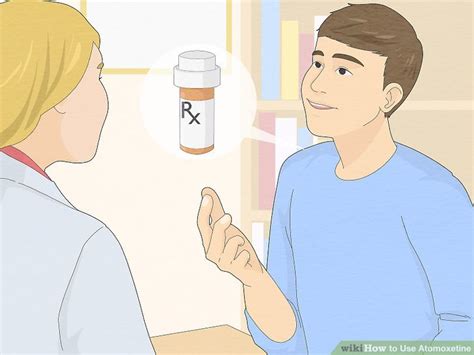
In conclusion, atomoxetine 40 mg is a valuable treatment option for individuals with ADHD. Its unique mechanism of action, benefits, and potential side effects make it an important medication to consider. By working closely with a healthcare provider and carefully following dosage instructions, patients can effectively manage their ADHD symptoms and improve their quality of life.
We invite you to share your experiences or ask questions about atomoxetine and its use in treating ADHD. Your input can help others understand the benefits and challenges of this medication. Please comment below or share this article with others who may benefit from this information.
What is the primary mechanism of action of atomoxetine?
+Atomoxetine works by selectively inhibiting the reuptake of norepinephrine, a neurotransmitter in the brain that plays a key role in attention and impulse control.
What are the common side effects of atomoxetine 40 mg?
+Common side effects include nausea, vomiting, fatigue, and dizziness. More serious side effects can include changes in mood or behavior, increased heart rate and blood pressure, and liver damage.
How should atomoxetine 40 mg be taken?
+Atomoxetine 40 mg should be taken as directed by a healthcare provider. It can be taken at any time of day, with or without food, and the dosage may need to be adjusted based on the patient's response to the medication.
